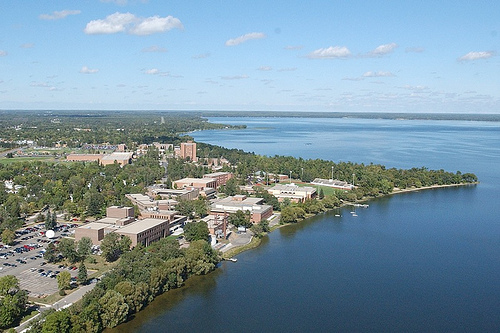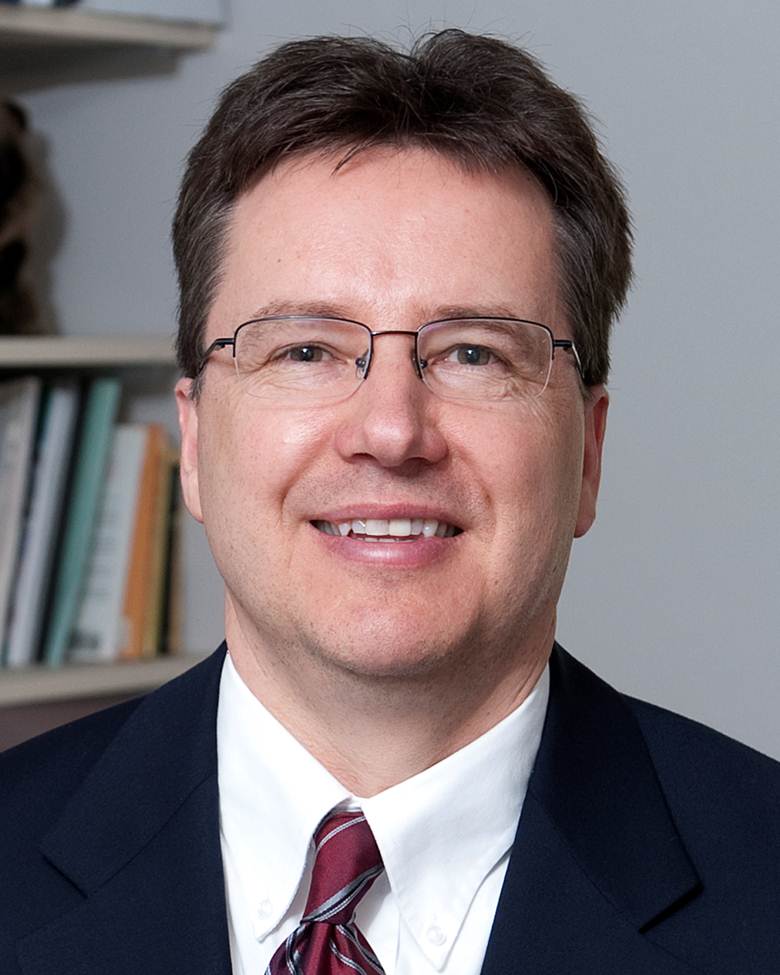Online Ed: Changing the Face of Summer Session
Published by: WCET | 8/9/2012
Tags: Credits, Online Learning, Student Success
Published by: WCET | 8/9/2012
Tags: Credits, Online Learning, Student Success
Robert Griggs is the Interim Vice President for Innovation and Extended Learning at Bemidji State University, which is located in northern Minnesota. Bob has a long history of experience with online education. We asked him to comment on trends that he has been noticing in summer enrollment patterns and how online education is changing the face of some campuses…at least in the summer.
In Minnesota, there are a few things that you can traditionally count on occurring each year. The utter collapse of one or more of our professional sports teams, never-ending road construction, and a variety of controversial political statements made by some of our more prominent elected officials.

While I’m tempted at this point to quote Jesse Ventura or Michele Bachmann, I would like to draw your attention to another statement made by a different Minnesota politician that I think is worth revisiting. In November 2008, while visiting Bemidji State University, former Minnesota Governor Tim Pawlenty challenged Minnesota State Colleges and Universities (MnSCU) to increase the percentage of credits taught online to 25% of the system’s overall credit generation by 2015.
I think it’s safe to say that the announcement, within higher education, was welcomed by some and criticized by others. At the time, approximately 9% of the credits generated by MnSCU institutions were actually delivered online. Overall, the statement was viewed as a fairly aggressive goal.
Today, nearly four years later, the system-wide percentage of online credit generation at the end of the 2011-12 academic year has increased to approximately 14%. Although the increase clearly demonstrates the steady growth of online learning in the state, the rate of growth appears to be falling short of Pawlenty’s proposed target. However, what is particularly interesting and not well publicized, is how online learning during summer session has very quietly, but dramatically, surpassed that goal to the point where it is now close to becoming the dominant method of course delivery during summer.
According to recent data reported by each of MnSCU’s 37 institutions, online learning now accounts for 41% of the system’s total summer full-year-equivalent (FYE) credit production. If you add blended/hybrid courses into this mix, the total system FYE figure jumps to approximately 49%. In the summer of 2012, twenty MnSCU institutions reported 40% or more of their summer FYE is now generated online. Ten of those institutions generated more than 50% of their summer enrollment online.

Clearly, the flexibility and access that online learning provides have great appeal to both traditional and non-traditional students, especially in the summer. In fact, since Governor Pawlenty made his statement in 2008, online learning credit generation has increased a staggering 76% during summer session across our system. During the summer term in 2008, approximately 2,876 FYE were generated online. This summer, more than 5,068 FYE were completed online. That’s impressive growth, but with more students taking courses online and fewer students on campus, the traditional face of summer session has changed significantly.
At my institution, Bemidji State University, online learning credit generation now accounts for approximately 68% of the University’s total summer credit production. Although overall summer enrollment remains strong, having fewer students on campus in the summer has also meant a corresponding reduction in the need for food service and student housing during the summer term. Other MnSCU institutions reporting strong online learning demand in the summer have experienced similar reductions in the use of traditional campus services and activities during those months. This is particularly true of institutions, like Bemidji, that are farther away from large metropolitan areas.
While students and faculty continue to move to more online offerings in the summer, this change in enrollment patterns raises some interesting questions for institutional leaders. Do we reduce on campus student support services in the summer? If so, what impact does that have on year-round staffing? We have many facilities and a beautiful location; should we change our focus to short courses, conferences, more blended learning opportunities, or other alternative uses of these facilities?
I hope you will consider joining me this fall at the upcoming WCET Annual Meeting, October 31-November 2, in San Antonio as we discuss the reasons why online learning has grown so dramatically in summer session and some of the unintended consequences of that growth across a traditional university campus.
Robert Griggs
Interim Vice President for Innovation and Extended Learning
Bemidji State University
RGriggs@bemidjistate.edu
Photo credits: Bemidji State University
1 reply on “Online Ed: Changing the Face of Summer Session”
Reblogged this on hireED4HigherEd.